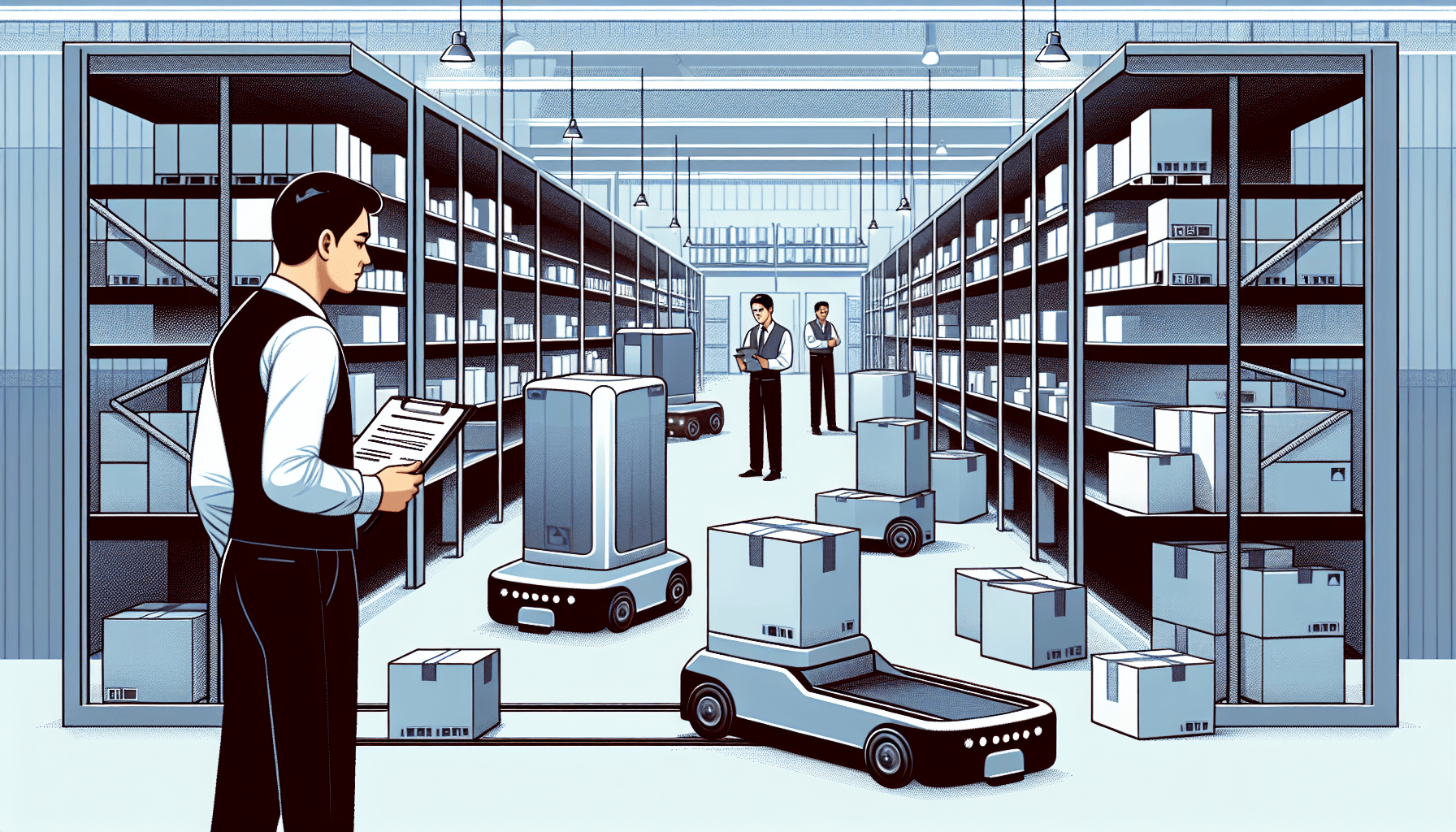When it comes to optimizing warehouse operations, implementing Automated Guided Vehicles (AGVs) can be a game-changer. AGVs are robotic vehicles that are designed to move and transport goods within a warehouse without the need for human intervention. They can significantly enhance safety, productivity, efficiency, and cost-effectiveness within warehouse operations. However, before you invest in AGVs for your warehouse, it’s crucial to conduct a thorough cost-benefit analysis to ensure that it aligns with your business goals and brings maximum value to your operations.
What is a Cost-Benefit Analysis?
A cost-benefit analysis is a systematic process of comparing the costs of a project or investment with the anticipated benefits. In the context of AGV deployment in a warehouse, it involves evaluating the total cost of ownership (TCO) associated with implementing AGVs and weighing it against the potential benefits they can bring.
Conducting a cost-benefit analysis enables you to make an informed decision about whether investing in AGVs is financially viable for your warehouse. It helps you understand the potential return on investment (ROI) and determine the payback period for your AGV implementation.
Benefits of AGV Deployment
Before diving into the cost side of the analysis, it’s essential to understand the potential benefits that AGV deployment can bring to your warehouse. By automating material handling tasks, AGVs can:
- Increase productivity: AGVs can work continuously without breaks, helping to streamline warehouse operations and increase overall productivity.
- Enhance safety: With AGVs handling the movement of goods, there are fewer risks of accidents and injuries caused by human error. AGVs are designed with integrated safety features to prevent collisions and ensure a safe working environment.
- Improve efficiency: AGVs are programmed to follow optimal paths, reducing travel time and minimizing congestion in the warehouse.
- Reduce labor costs: By automating material handling tasks, AGVs eliminate the need for manual labor, reducing labor costs associated with hiring, training, and managing a large workforce.
- Optimize space utilization: AGVs are designed to navigate efficiently through narrow aisles, maximizing the use of available warehouse space.
- Provide real-time data: AGVs can be equipped with sensors and software that provide real-time data on inventory levels, operational metrics, and performance insights, enabling better decision-making and operational planning.
These benefits can have a significant impact on your warehouse operations, resulting in improved efficiency, cost savings, and ultimately, a competitive edge in the market.
Costs Associated with AGV Deployment
While the potential benefits of AGV deployment are enticing, it’s essential to consider the costs involved. Some of the key costs associated with implementing AGVs in your warehouse include:
- AGV Acquisition Cost: This includes the upfront cost of purchasing AGVs, which can vary depending on the type, size, and capabilities of the vehicles.
- Infrastructure Modifications: AGVs may require modifications to your warehouse infrastructure, such as installing navigation systems, sensors, and charging stations.
- Integration with Existing Systems: Integrating AGVs with your existing warehouse management system (WMS) or enterprise resource planning (ERP) system may require additional investment in software and hardware.
- Training and Maintenance: Training your staff on how to operate and maintain AGVs is essential. Additionally, there will be ongoing maintenance and repair costs associated with keeping the AGVs in optimal condition.
- Operational Changes: Implementing AGVs may require modifying your current operational processes and workflows, which can involve additional costs and potential disruptions during the transition phase.
Estimating these costs accurately is crucial for conducting a comprehensive cost-benefit analysis.
Conducting the AGV Cost-Benefit Analysis
Now that you are familiar with the benefits and costs associated with AGV deployment, let’s dive into conducting the actual analysis. Here are the steps involved:
- Define project scope and goals: Clearly outline the objectives you want to achieve with AGV deployment in your warehouse. Are you aiming to increase productivity, reduce labor costs, or improve safety? The goals will help guide the analysis.
- Assess current state: Understand your warehouse’s current operations, performance metrics, and challenges. This will serve as a baseline for comparison against the post-AGV deployment scenario.
- Identify potential benefits: Based on the benefits mentioned earlier, identify and quantify the potential improvements AGVs can bring to your operations. This may include estimating increased productivity, labor cost savings, and enhanced safety.
- Estimate costs: Determine the various costs involved in implementing AGVs in your warehouse, including acquisition costs, infrastructure modifications, integration expenses, training, maintenance, and operational changes.
- Calculate the ROI: Compare the estimated benefits and costs over a specific time frame, typically several years. Calculate the ROI by dividing the net benefit (benefit – cost) by the total cost and expressing it as a percentage.
- Evaluate payback period: Determine how long it will take for the benefits to cover the initial investment (payback period). A shorter payback period indicates a faster return on investment.
By following these steps, you can gain valuable insights into the financial viability and potential impact of AGV deployment in your warehouse. It’s crucial to ensure that your cost estimates and benefit calculations are as accurate as possible to make an informed decision.
Ultimately, conducting a comprehensive cost-benefit analysis will help you determine whether AGV deployment is the right solution for your warehouse and whether the potential benefits outweigh the costs. It’s recommended to consult with industry experts or solution providers, like HCO Innovations, who can provide insights and assistance in conducting a thorough analysis tailored to your specific warehouse requirements.

